Are you having trouble with parking your car? Are your parking sensors not working correctly and leaving you frustrated when it comes to navigating tight spaces? If so, then this blog post is for you.
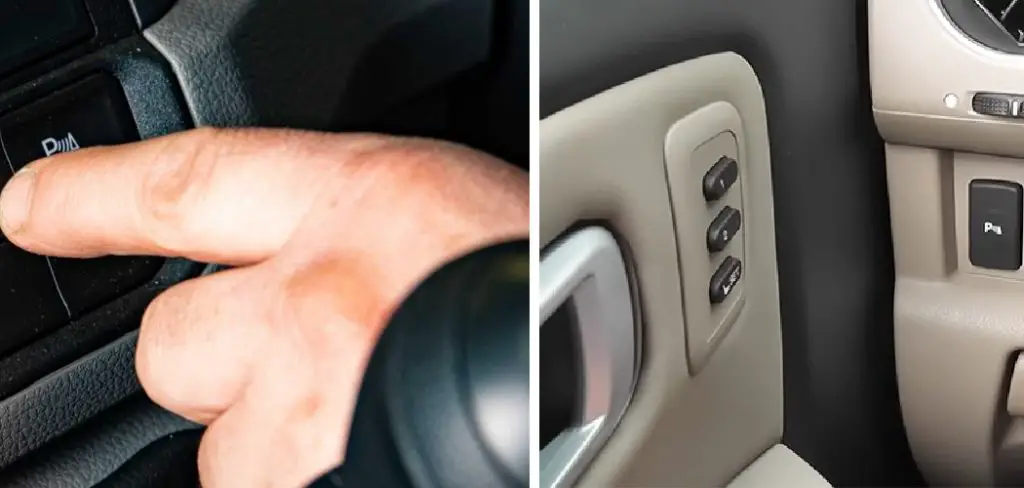
In this article, we’ll discuss how parking sensors work, why they are important in helping drivers park safely, and provide some helpful tips on how to reset them if necessary. By the end of this post, you will be well-equipped with all the information needed to properly troubleshoot any issues related to your vehicle’s parking sensor system. So read on and get ready for a straightforward guide!
Parking sensors are a great addition to any car that provides both added convenience and peace of mind when parking in tight spaces. However, if they’re not working correctly then the damage to your vehicle or someone else’s can quickly add up.
Knowing how to reset parking sensors is essential for ensuring their optimal operation, which is why we’ve put together this complete guide on how you can do it yourself at home. Whether you have front-only, rear-only, or reverse parking sensors installed in your car, we’ll explain what steps you need to take for each type so read on!
Why May You Want to Reset Parking Sensors?
1. To Ensure the Accuracy and Reliability of the Parking Sensors
One of the main reasons why you may want to reset your parking sensors is to make sure that they are providing accurate readings. This ensures that the parking sensors will detect any obstacles in the path of your vehicle and provide a warning accordingly.
2. To Check if the Sensors are Working Properly
Resetting parking sensors can also help you check whether they are working properly or not. By resetting the sensors, you can make sure that they are providing accurate readings and detect any obstacles in your path accurately.
3. To Replace Faulty Sensors
If one or more of your parking sensors have become faulty, resetting them can help you determine which sensor is not working properly and needs to be replaced. This way, you’ll know for sure which sensor needs replacing instead of having to replace all the sensors in your vehicle.
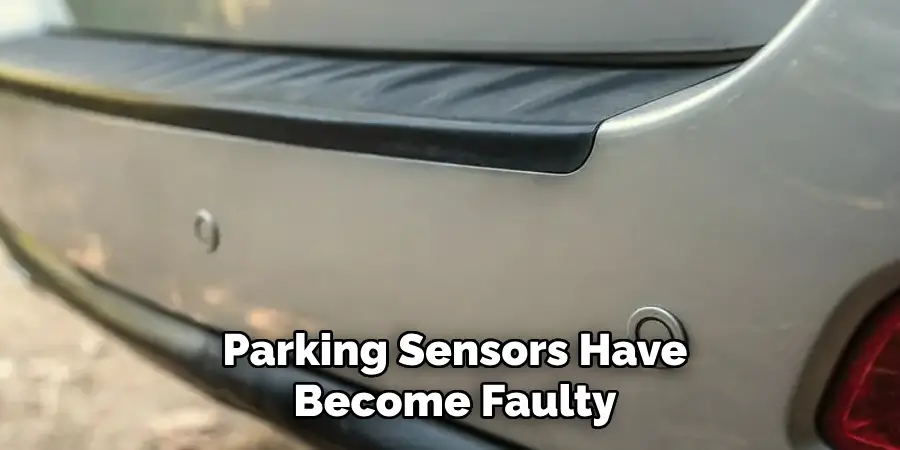
4. To Adjust the Position of the Sensors
Parking sensors can be positioned differently depending on the make and model of your vehicle. Resetting them can help you adjust their positions so that they provide accurate readings and detect any obstacles around your car accurately.
5. To Calibrate the Sensors
Parking sensors also need to be calibrated regularly, and resetting them can help you do this. This will make sure that the sensors are providing accurate readings and detecting any obstacles in your path properly.
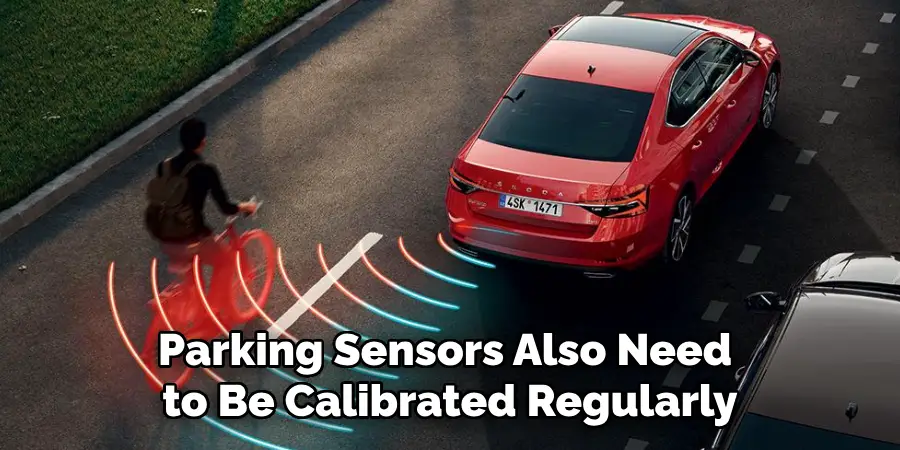
6. To Update the System
Your vehicle’s parking sensor system may need to be updated from time to time. Resetting the system can help you update it and make sure that the sensors are providing accurate readings.
7. To Save Battery Power
Resetting your parking sensors can also help you save battery power in your vehicle as they will only be activated when needed. This helps you conserve energy and make sure that your vehicle is using its resources efficiently. By resetting your parking sensors, you can ensure that they are working properly and provide accurate readings, thereby helping you drive safely.
How to Reset Parking Sensors in 5 Easy Steps
Step 1: Gather All The Tools You Will Need
The very first step is to make sure you have all the tools necessary to complete the job. This would include things such as a flat-head screwdriver, wire cutters, and any other supplies needed for the specific vehicle.
Step 2: Locate The Sensor On Your Vehicle
Depending on your car model, the parking sensor is usually located in either the front or rear bumper. You can refer to your car manufacturer’s instruction manual for more detailed information.
Step 3: Disconnect The Sensor
To disconnect the sensor, you will need to use a flat-head screwdriver to remove the screws securing the sensor in place. Once all the screws are removed, gently pull out the sensor and set it aside for later use.

Step 4: Reconnect The Sensor
Once the old sensor has been removed, you can now reconnect the new one. Secure it in place with the screws and make sure everything is tight.
Step 5: Test It Out
The last step is to test out your newly installed parking sensor. You can do this by slowly moving your car forward or backward a few feet and observing if the sensors are correctly registering. If everything looks good, you can now enjoy your newly reset parking sensors!
With these five easy steps, you can easily reset your parking sensors in no time. Make sure to refer to the car manufacturer’s instruction manual for any specific instructions as each vehicle model may require different procedures. Now get out there and enjoy the convenience of your parking sensors!
Some Extra Tips to Reset Parking Sensors
1. Do Not Ignore Warning Lights
This is very important. If your parking sensor warning light is illuminated, it means that there is a problem with the sensors and they need to be reset. Ignoring the warning light can cause further damage or malfunction of the sensors, so make sure to address it immediately.
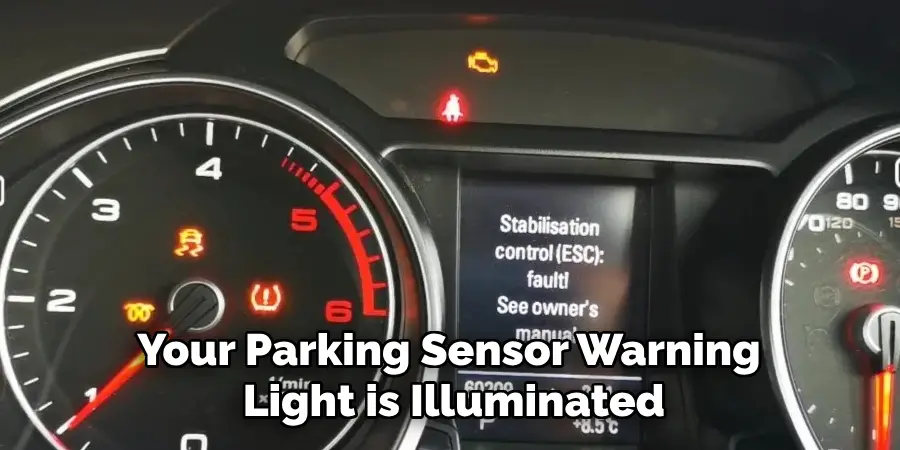
2. Check Your Owner’s Manual
Your owner’s manual will provide helpful information about how to reset your specific make and model of the parking sensor. Check the manual for instructions on how to reset your particular system.
3. Have a Professional Help You Out
If you are uncomfortable with doing the job yourself, it is best to have a professional come in and do it for you. A mechanic or technician that specializes in car electronics will be able to properly diagnose any issues and reset your parking sensors correctly. This will ensure that your sensors are working properly and safely.
4. Always Check the Sensors Before Driving
Before you start driving, always make sure to check your parking sensor system. Make sure it is functioning correctly and all of the warning lights are off and that the system is in working order. Doing this regularly can help prevent any further issues and help ensure that your parking sensors are functioning correctly.
5. Follow the Manufacturer’s Instructions
It is always best to follow the manufacturer’s instructions when resetting your parking sensors. Different makes and models of cars have different procedures for resetting their parking sensor systems, so it is important to stick with what the manufacturer recommends. This will ensure that you are doing everything correctly and safely.
By following these tips, you can easily reset your parking sensors and keep them in working order. This will save you time, money, and hassle so make sure to check out your car’s owner’s manual for instructions on how to reset the system, and always keep an eye on the warning lights. With proper maintenance and care, you can keep your parking sensors working correctly for years to come.
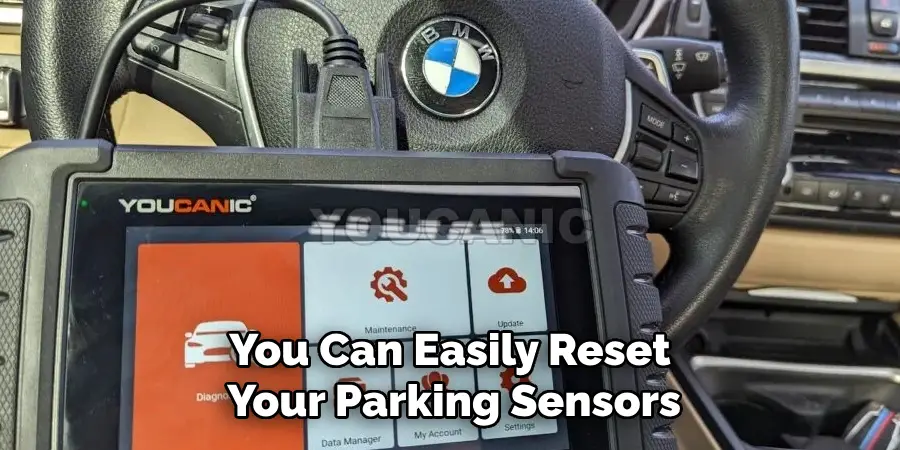
Frequently Asked Questions
What Precautions Should I Take When Resetting Parking Sensors?
When attempting to reset your parking sensors, it is important to pay attention to the instructions provided. Be sure to read all safety warnings before beginning and wear protective gear if necessary.
Additionally, be sure to follow manufacturer-recommended methods for parking sensor resetting and avoid any attempts at manually adjusting or tampering with the system. If the reset process is not working, be sure to contact a qualified mechanic or technician for assistance.
What Can Cause Parking Sensors to Malfunction?
There are several different factors that can lead to parking sensor malfunctions, including faulty wiring, short circuits, and external damage such as dirt and debris buildup. Additionally, weak batteries or incorrect settings can also affect how your parking sensors perform. It is important to regularly check and maintain your vehicle to ensure that all components are functioning correctly.
Can Parking Sensor Malfunctions Be Prevented?
Yes, there are a few steps you can take to help prevent parking sensor malfunctions. Be sure to regularly inspect the wiring and connections of your system for signs of wear or damage. Additionally, keep an eye out for any dirt or debris buildup and use a specialized cleaner to remove it. Finally, check for proper battery voltage levels and system settings as recommended by the manufacturer.
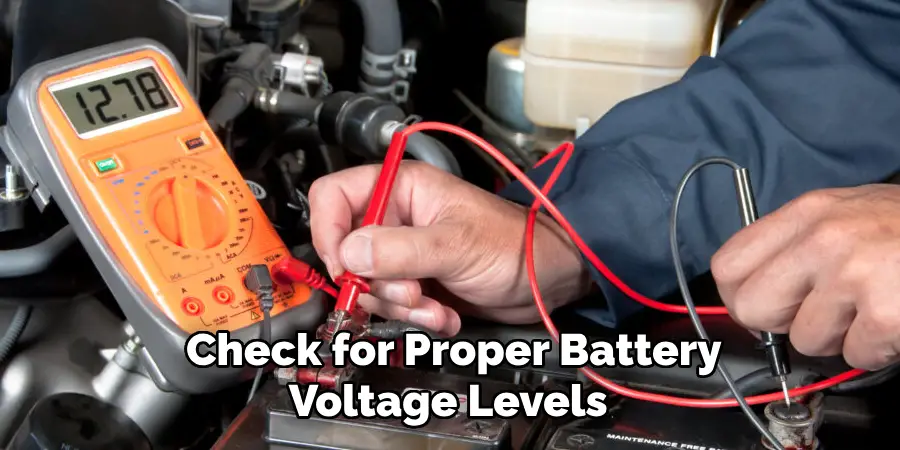
What Should I Do if My Parking Sensors Aren’t Working?
If your parking sensors are not functioning properly, you will need to take steps to reset them. Be sure to first follow the manufacturer’s instructions and use the recommended resetting methods. If the parking sensors still aren’t working, have them inspected by a qualified mechanic or technician as soon as possible.
Can I Reset My Own Parking Sensors?
In most cases, it is not recommended to attempt to reset your own parking sensors. This process should be completed by a qualified mechanic or technician to ensure that it is done correctly and does not cause any damage. It is important to follow the manufacturer-recommended resetting methods in order to avoid any potential issues.
Can I Replace My Parking Sensors?
Yes, many parking sensors can be replaced if they are faulty or malfunctioning. However, this should only be done by a qualified mechanic or technician with experience in parking sensor installation and repair. Be sure to use parts that are recommended by the manufacturer in order to avoid any potential issues.
Can I Use Aftermarket Parts For Parking Sensors?
In most cases, it is not recommended to use aftermarket parts for parking sensors. It is best to use parts that are approved by the manufacturer in order to ensure optimal performance and reliability. Additionally, using aftermarket parts may void any warranties or guarantees on your system.
Can I Upgrade My Parking Sensor System?
Yes, it is possible to upgrade your parking sensor system for improved performance and reliability. Be sure to use parts that are approved by the manufacturer and follow their instructions during installation. Additionally, have a qualified mechanic or technician inspect the system after installation in order to ensure proper functioning.
Can I Install Parking Sensors Myself?
In most cases, it is not recommended to install parking sensors on your own. This process should be completed by a qualified mechanic or technician in order to ensure that all components are properly installed and functioning correctly. Additionally, it is important to use parts that are approved by the manufacturer in order to avoid any potential issues.
It is important to have your parking sensor system reset and inspected regularly in order to ensure proper functioning. Be sure to follow the manufacturer-recommended methods for resetting and use parts that are approved by the manufacturer if you need to replace any components. Additionally, it is important to contact a qualified mechanic or technician for assistance if the reset process does not work.
Conclusion
Resetting your car’s parking sensors can be a challenging task, but following the above steps on how to reset parking sensors will make it much easier. Your parking sensors should now be working perfectly and you’ll be able to reverse park with confidence knowing that you’re safe from possible collisions or damage.
Always keep in mind that resetting these parking sensors may require some time and patience, however, having a properly functioning system makes all of the effort worthwhile. Parking sensors can give you peace of mind when reversing or navigating through tight spaces. So don’t forget, if something isn’t working quite right or you need to reset them for any reason then simply follow the above steps. Your car – and your wallet – will thank you!
